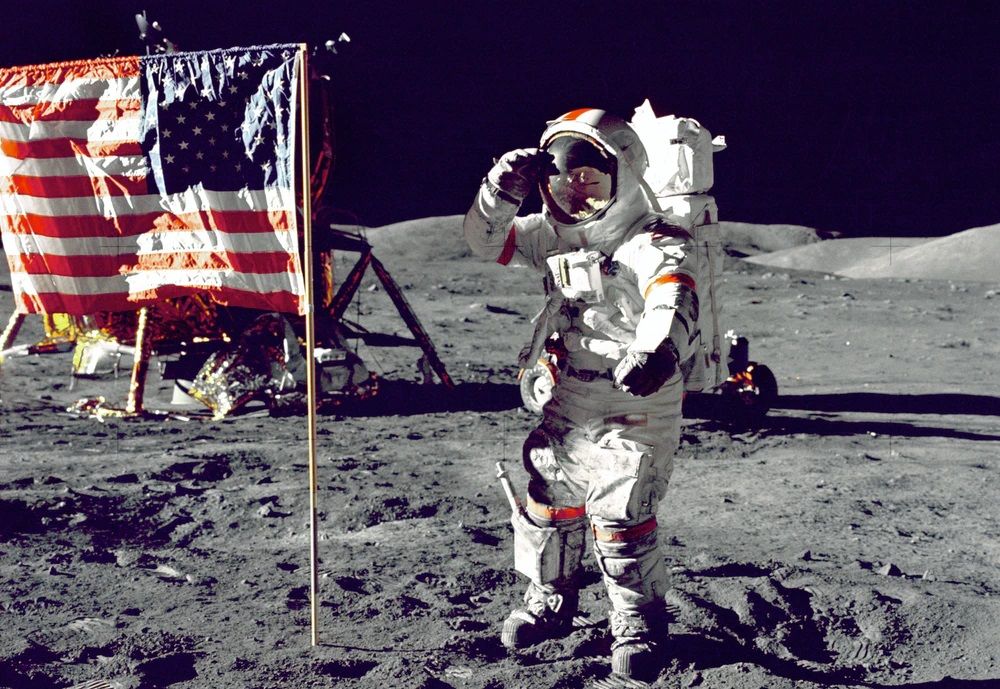
🇺🇸 New U.S. space policy sets goal on human missions to Mars
The new National Space Policy of the USA, published December 9th, presents an updated list of the nation’s space goals. These include enabling Mars travel and space resource utilization. A permanent presence on the Moon is also on the list.
Share this story!
Ever since the dawn of the space era, the U.S. has been a leading country in space activities. Its priorities and goals have been an inspiration for space enthusiasts and space activities worldwide, perhaps most famously when president John F. Kennedy announced the plan to put a man on the Moon before the end of the 1960’s. Still today, American priorities in space set a timeline and context for a great deal of space activities globally. Therefore, it is a source of global optimism about the future when such a big player announces updated policy goals with higher ambitions for further space exploration.
The new U.S. National Space Policy, published last week, outlines an updated and forward-looking set of goals for American space activities. The policy builds on the previous one from 2010, but some goals have been emphasized more explicitly in the new text. One such goal is to extend the economic activity of mankind into deep space. The text states that the country shall:
“Extend human economic activity into deep space by establishing a permanent human presence on the Moon, and, in cooperation with private industry and international partners, develop infrastructure and services that will enable science-driven exploration, space resource utilization, and human missions to Mars.”
Albeit a new statement since the previous version from a decade ago, the content of this sentence is in itself not new. It’s already a well-known fact that NASA is building a space station to orbit the Moon and to serve as a departing point for ventures further into deep space, including Mars. The novelty is rather the new political strength of this message, being listed as one of the main policy goals of the country. There is more to it too. The policy specifies that “the subsequent landing of the first human on Mars” should follow the lunar return in 2024 and a permanent presence on the Moon from 2028 onwards. The policy commitment to land on the red planet is new. The old policy did mention Mars travel, but only to orbit Mars and then return back to Earth without having landed.
And no, the new policy does not contain the Obama administration’s old goal to send humans to an asteroid by 2025. However, the policy does reaffirm the ambition to enable the mining and utilization of space resources, including from asteroids. Also, judging from the great interest in asteroid missions sparked by the Japanese Hayabusa2 and NASA’s OSIRIS-REx missions recently, it is safe to say that crewed missions to asteroids ought to make a return to the political agendas in a relatively near future.
Furthermore, the new space policy also outlines goals to give more incentives to the commercial space industry, to make peaceful and responsible use of space, to strive for sustainable use of space and to expand international space collaborations.
(Photo credit: NASA)
By becoming a premium supporter, you help in the creation and sharing of fact-based optimistic news all over the world.


